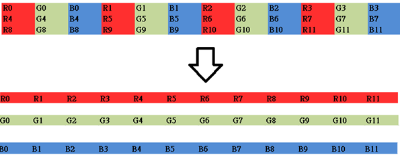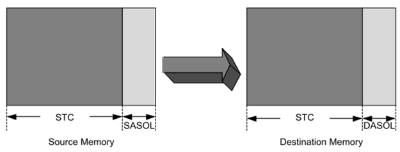FAQ
- M051 Base Series(95)
- M0518 Series(97)
- M0519 Series(43)
- M0564 Series(1)
- Mini51 Base Series(90)
- Nano100/102 Base Series(101)
- Nano103 Base Series(10)
- Nano110/112 LCD Series(100)
- Nano120 USB Series(111)
- Nano130 Advanced Series(110)
- NUC029 Series(94)
- NUC100/200 Advanced Series(102)
- NUC120/122/123/220 USB Series(116)
- NUC121/125 Series(1)
- NUC126 USB Series(2)
- NUC130/230 CAN Series(103)
- NUC131/NUC1311 CAN Series(98)
- NUC140/240 Connectivity Series(114)
- M451 Base Series(118)
- M451M Series(117)
- M452 USB Series(130)
- M4521 USB Series(1)
- M453 CAN Series(128)
- M463 CAN FD/USB HS Series(1)
- M467 Ethernet/Crypto Series(1)
- M471 Series(1)
- M479 Motor Control Series(1)
- M481 Base Series(4)
- M482 USB FS OTG Series(4)
- M483 CAN Series(4)
- M484 USB HS OTG Series(4)
- M485 Crypto Series(4)
- M487 Ethernet Series(4)
- M4TK Touch Key Series(25)
- NUC442/472 Series(130)
- NUC472 Series(1)
- NUC505 Series(138)
FAQ
What is PDMA Stride Mode? How to use it? Issue Date:2018-11-28
Stride mode is a special PDMA mode, which can move the data of a certain memory to another memory with a fixed interval and quantity.
For example, there is a continuous memory block. The content data is picture color information and the order is fixed to red, green, blue. With Stride mode, individual red, green, and blue data can be extracted from the memory and moved to another memory block by hardware without any CPU intervention.

To enable Stride mode, four additional registers must be set in the normal PDMA basic mode:
a) STRIDEEN: Enable Stride mode
b) SASOL: Offset of the source address
c) DASOL: Offset of destination address
d) STC: The amount of data per Stride transmission
Please refer to section 6.6 in the M480 Series Technical Reference Manual for the introduction and setting of the PDMA basic mode.

| Products: | Microcontrollers ,Arm Cortex-M4 MCUs |
|---|---|
| Applications: | |
| Function: | Peripherals,Connectivity,DMA (PDMA) |